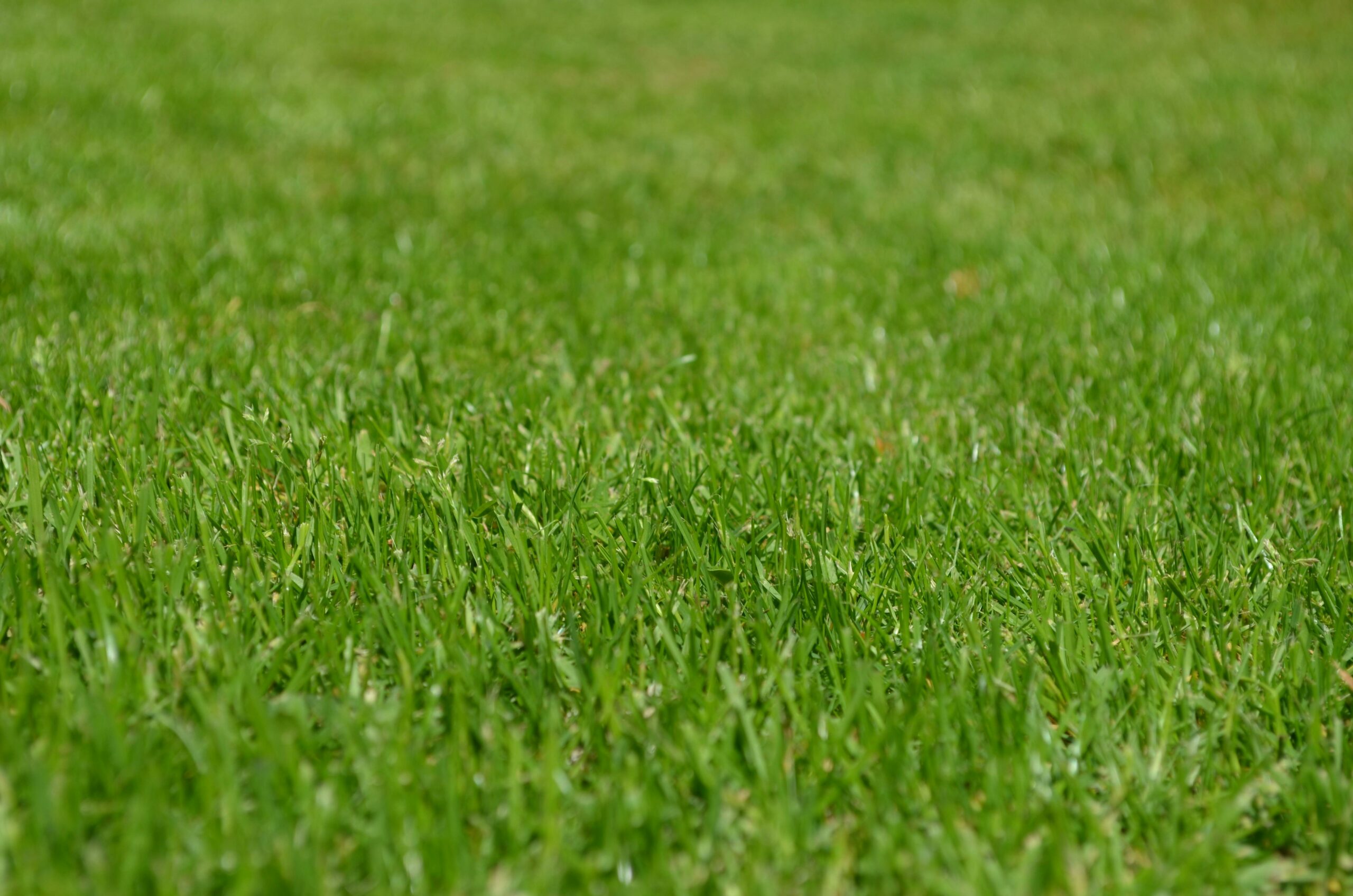Let’s be real—your lawn isn’t just a patch of grass. It’s a status symbol (take that, neighbor with the suspiciously perfect stripes). But keeping it lush and green requires more than just wishful thinking and aggressive mowing. Fertilizing is key, but how often should you actually do it?
The short answer: It depends on your grass type, climate, and lawn goals. But don’t worry—we’ll break it down so you can fertilize like a pro (and avoid turning your yard into a science experiment gone wrong).
The Golden Rule of Lawn Fertilization
Most lawns thrive with 3-4 feedings per year, timed to match growth cycles. Here’s the general game plan:
1. Early Spring (March–April)
-
Goal: Wake up dormant grass.
-
Use: Light, balanced fertilizer (look for a 10-10-10 or 20-5-10 NPK ratio).
-
Pro Tip: Wait until soil temps hit 55°F—fertilizing too early feeds weeds instead of grass.
2. Late Spring (May–June)
-
Goal: Fuel strong growth before summer stress.
-
Use: Slow-release nitrogen (like 15-0-8) to avoid burning your lawn.
-
Pro Tip: If you’re battling heat, check out how to keep grass green in summer for extra hacks.
3. Early Fall (September–October)
-
Goal: Recover from summer and prep for winter.
-
Use: High-phosphorus fertilizer (e.g., 12-25-12) for root strength.
-
Pro Tip: This is the most important feeding—don’t skip it!
4. Late Fall (November–December)
-
Goal: Winterize with potassium for cold resistance.
-
Use: Low-nitrogen, high-potassium blend (like 5-0-20).
-
Pro Tip: Skip this if you live in mild climates (looking at you, Florida).
Lawn Fertilization Schedule at a Glance
(For Most Grass Types in Temperate Climates)
| Season | When? | Fertilizer Type | Purpose | Pro Tip |
|---|---|---|---|---|
| Early Spring | March – April | 10-10-10 (Balanced) | Wake up dormant grass | Wait until soil hits 55°F |
| Late Spring | May – June | 15-0-8 (Slow-release) | Fuel growth before summer | Pair with pre-emergent for weed control |
| Early Fall | September – Oct | 12-25-12 (High-P) | Strengthen roots for winter | Most critical feeding—don’t skip! |
| Late Fall | November – Dec | 5-0-20 (High-K) | Winter hardiness | Skip if you’re in a warm climate |
Wait… Can You Over-Fertilize?
Absolutely. Signs you’ve gone overboard:
-
Yellow or brown streaks (aka “fertilizer burn”).
-
Crazy-fast growth that needs mowing every 3 days.
-
Runoff pollution (RIP, local waterways).
Stick to the schedule—your lawn doesn’t need a buffet, just steady meals.
What If Your Lawn Still Looks Sad?
Sometimes, fertilizer isn’t enough. If your grass is more “meh” than “magical,” consider:
-
Soil testing (pH imbalances sabotage nutrients).
-
Aeration (compacted soil = hungry roots).
-
Professional help (no shame in calling the experts).
For a foolproof fertilization plan, Sod Gods’ Lawn Fertilization Service takes the guesswork out of feeding your turf.
Final Tip: Listen to Your Lawn
Grass isn’t subtle. If it’s pale, patchy, or growing slower than your motivation on a Monday, it’s hungry. Stick to the 3-4 feedings/year rule, adjust for your grass type (warm-season vs. cool-season), and watch your yard transform.
P.S. For more summer survival tips, don’t miss this guide to keeping grass green when the heat hits!

